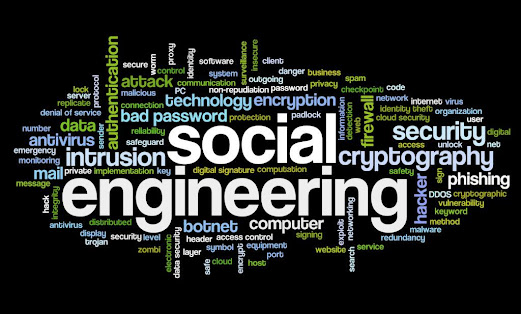Facebook Privacy and safety

What is Facebook Privacy and safety: Facebook offers privacy controls in order to allow users to choose who can view their posts: only friends, friends and friends of friends, everyone, custom (specific choice of which friends can see posts). While these options exist, there are still methods by which otherwise unauthorized third parties can view a post. Privacy and security are related. Privacy relates to any rights you have to control your personal information and how it's used. Security, on the other hand, refers to how your personal information is protected. Staying safe: Sharing Every day, people around the world share things on Facebook that result in new and incredible ideas, opportunities, friendships and collaborations. We ask people to consider their audience when sharing on Facebook. It's important to be thoughtful about how and what you share. We make it easy for everyone to decide who can see the content they share, and we have policies that prohibit hateful, vio...



